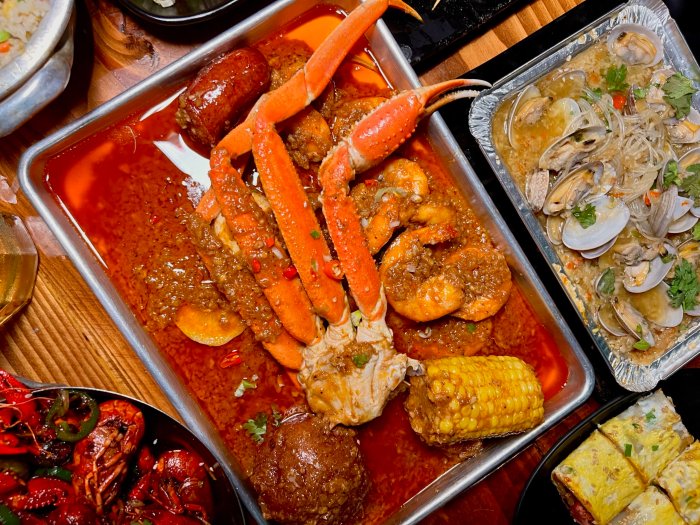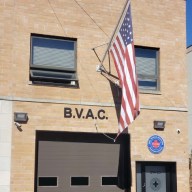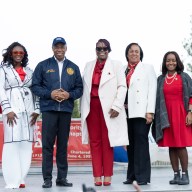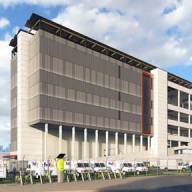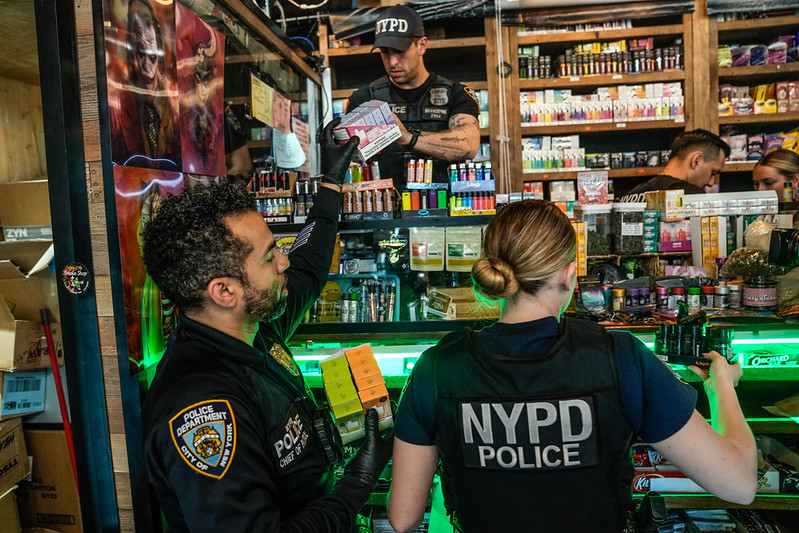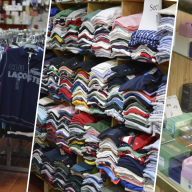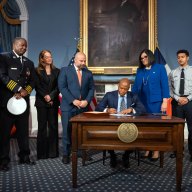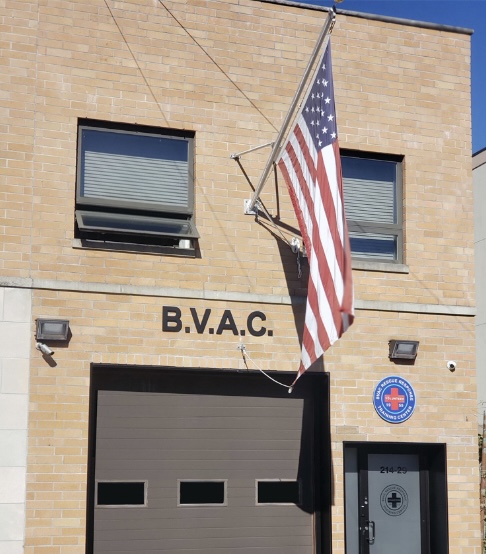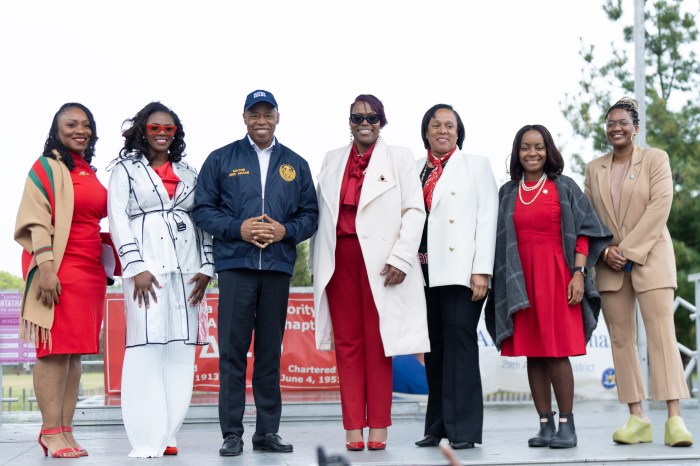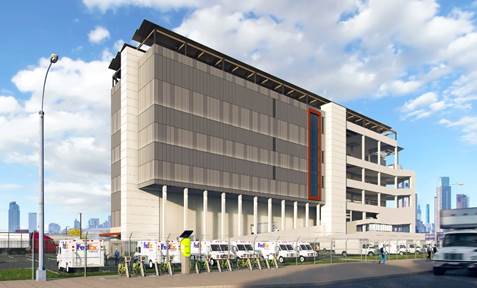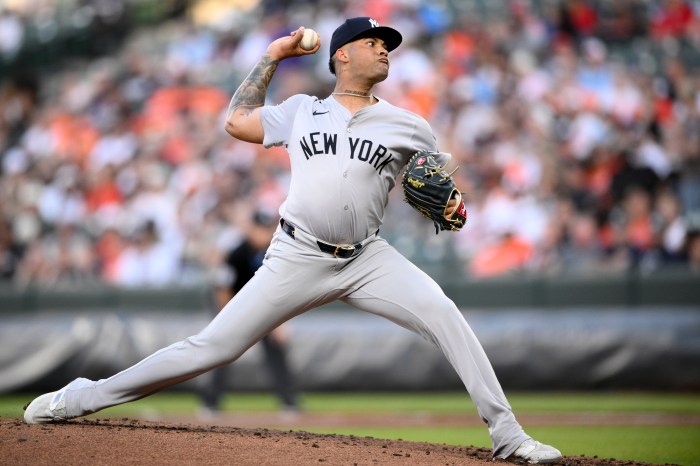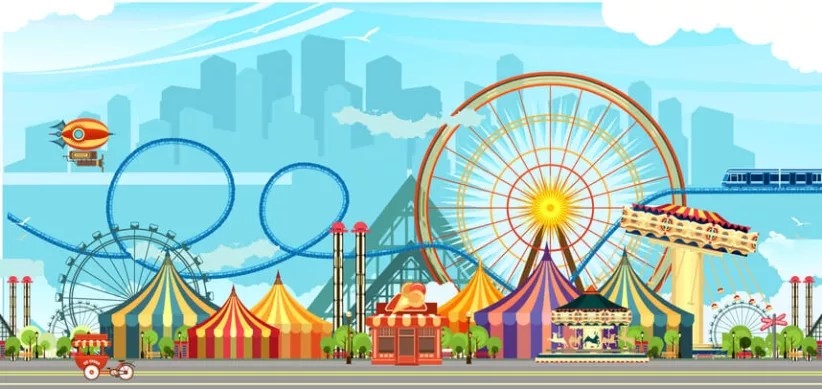By Joan Brown Wettingfeld
It has been claimed Americans are in awe of the English superiority in the sphere of gardening and wish to emulate them in that field, whether suitable or not for our particular climate. But we should instead recognize our own rich gardening traditions, which hark back to our early years as colonies and a nation.
In the new climate of our early settlements, when seeds were introduced, some thrived while others failed. We learned from the native Americans as our early settlements began about certain additions to our diet, such as corn and pumpkin, which supplemented fish and wild game. It was an important concern for survival.
It was only later that ornate gardening was to follow, with the advent of the later colonists who brought other varieties of seeds and bulbs with them.
In the mid−17th century, Robert Prince, a descendent of Thomas Prince, governor of the original Plymouth Colony, had founded what was considered the first plant nursery in what is now present−day Flushing. Four generations operated that nursery for 130 years. Then there was the advent of other famous nurseries, including the Parsons and Bloodgood nurseries, which were established and continued in business for several generations.
These early traditional horticulturists paved the way for nurseries on Long Island, such as Hicks’ Nursery in Westbury, which operated for more than four generations.
The Prince Nursery was so highly esteemed that British soldiers, during the Revolutionary War, were ordered by superior officers to secure the gardens. Former President George Washington, also while touring Long Island, stopped on his way to visit the nursery and apparently purchased plants for Mount Vernon. So well−known was the establishment that even orders addressed simply as “Prince Nurseries” or “Prince, America,” could be filled.
Another famous American botanist, John Bartram of Philadelphia, did not operate as Prince. He did not order new varieties of plants from abroad. Bartram, a self−taught botanist, traveled widely as he collected new plants and established them in his own botanical garden. His clientele of wealthy Englishmen abroad would receive the plants and vie with each other to secure the very latest American plant varieties Bartram could provide.
America’s first seed company was started in Philadelphia by David Landreth in 1784. Landreth was aware new immigrants longed for the vegetables they had grown in their countries of origin, so he was happy to supply their needs and desires. Landreth would have on hand seeds such as okra, artichokes and tomatoes, which were especially popular in southern Europe. He popularized such vegetables as salsify, eggplant and cauliflower.
Plants brought back by explorers and travelers, including Capt. Perry and Lewis and Clark, were received and distributed by Landreth. He popularized them among his customers.
Lewelling Henderson, a pioneering gardener, left his native Salem, S.C., and trekked west. Travelling over mountains, he brought with him apple trees. Eventually, he built a house in Salem, Ohio, and later moved on, founding Salem, Ind.; Salem, Ill.; and Salem, Iowa. Later, he was to move over the Great Plains and Rockies, as always, with his apple trees. It is no mystery he is credited with founding the nursery business and orchard industry in our Northwest.
There are many stories about the men who explored here and abroad in search of new plants and we will continue to find those who do so in the present. These are the men of the past who contributed to the story of our horticulture and lent such beauty and diversity to today’s gardens.
Joan Brown Wettingfeld is a historian and freelance writer.





